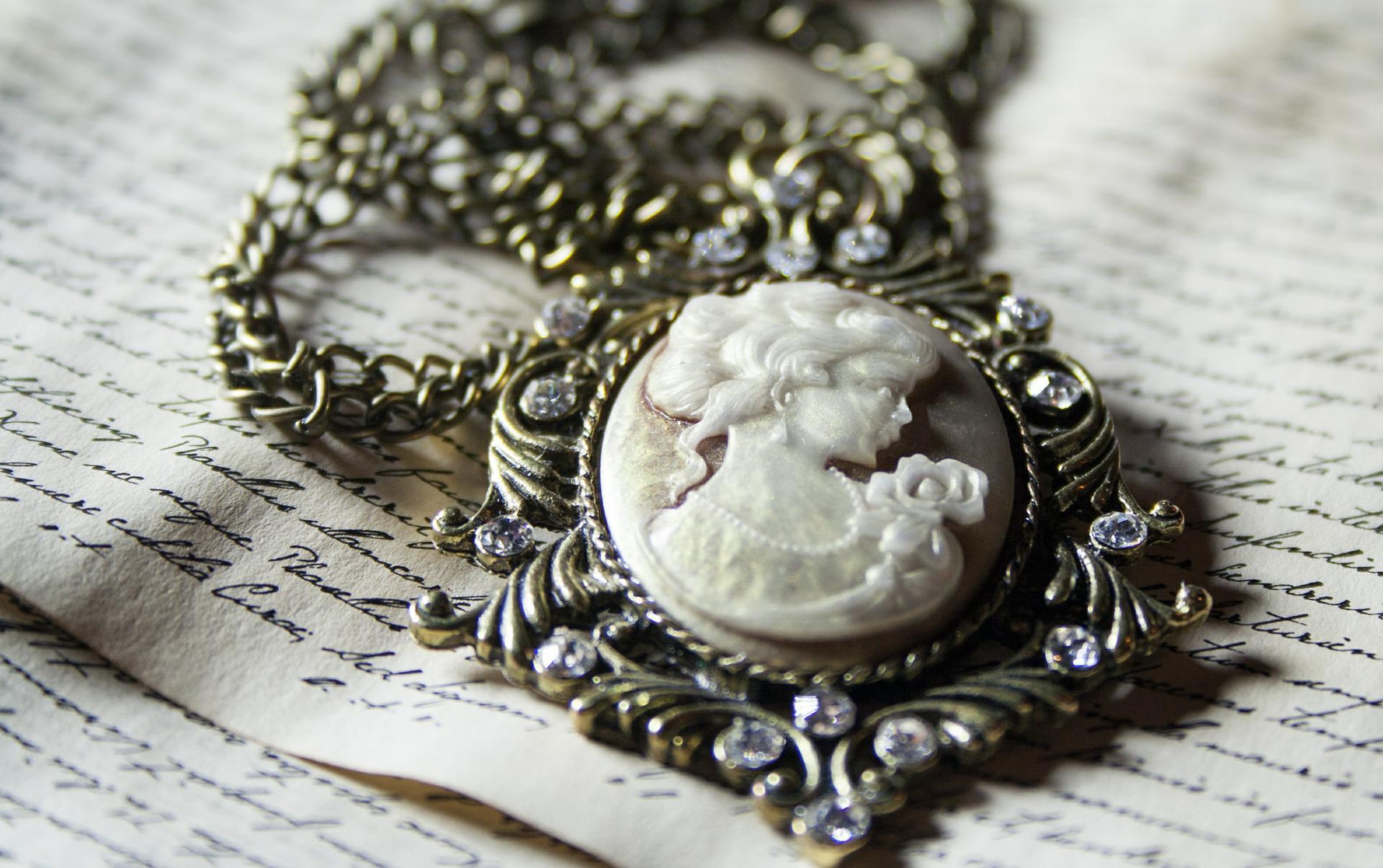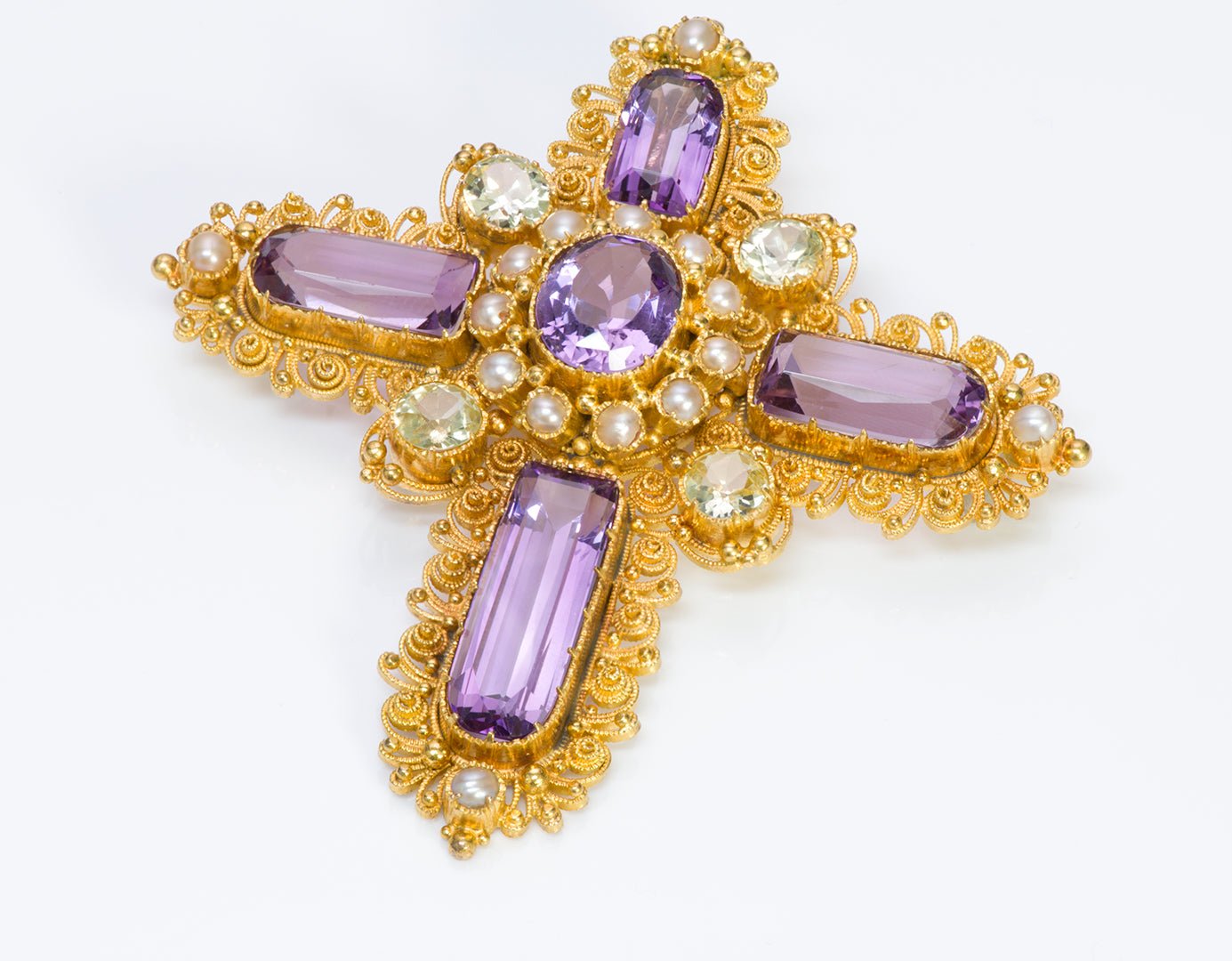Explore a stunning selection of antique jewelry from different design styles.
Explore a stunning selection of antique jewelry from different design styles.
Blog Article
The Remarkable Globe of Antique Fashion Jewelry: Looking Into Its Many Groups and Attributes
Antique jewelry stands for a fascinating intersection of virtuosity and history, encapsulating the essence of various eras via its elaborate designs and materials. Each category, from the enchanting Victorian pieces to the cutting-edge Art Deco productions, exposes not just visual preferences yet additionally social narratives of the times. Understanding the differentiating qualities of these items, together with their significant products and gemstones, opens a window into the past that is both enlightening and appealing. antique jewelry. As we discover these elements further, one may wonder what concealed stories lie within the splendid workmanship of each antique gem.
Historical Periods of Vintage Fashion Jewelry
Antique precious jewelry is elaborately linked to the historical periods in which it was developed, reflecting the artistic fads, social values, and technical innovations of those times. The evolution of precious jewelry style can be traced via different noticeable ages, each noted by distinctive designs and products.
The Georgian period (1714-1837) is defined by intricate designs and using natural themes, typically integrating gemstones such as garnets and rubies. antique engagement rings austin. Following this, the Victorian period (1837-1901) saw the intro of sentimental precious jewelry, with designs that commonly communicated personal definitions, such as lockets and grieving items
The Edwardian period (1901-1910) embraced elegance, utilizing platinum and delicate filigree job, while Art Nouveau (1890-1910) concentrated on natural forms and making use of enamel, reflecting the influence of nature.
The Art Deco period (1920s-1930s) presented geometric forms and strong shades, showcasing innovations in craftsmanship and products. Each of these periods not only highlights the imaginative advancement of its time yet also offers as a representation of the social and cultural shifts that affected the globe of precious jewelry. Understanding these historical contexts enriches the appreciation of antique fashion jewelry today.
Trick Qualities to Recognize
When assessing antique jewelry, several key features can assist determine its age and credibility. The products used are essential; items from different periods usually include details metals and gemstones. For example, Victorian precious jewelry often includes gold, while Art Deco items might use platinum and vibrant colored stones.
Following, workmanship is a substantial indication. Handcrafted items, common in earlier periods, exhibit distinct imperfections and details that mass-produced pieces lack. antique jewelry stores austin tx. Examining the setting and rock positioning can reveal signs of handwork, such as uneven prongs or differing rock shapes
Additionally, hallmarks and stamps play a vital duty in authentication. Lots of antique items bear marks showing the metal's purity and the maker's origin, which can offer useful insights right into the fashion jewelry's history.
Last but not least, layout concepts typically mirror the period's aesthetic fads. Art Nouveau is characterized by flowing lines and natural types, while Retro fashion jewelry welcomes vibrant, geometric shapes. By assessing these essential features-- products, workmanship, characteristics, and style motifs-- enthusiasts and enthusiasts can better identify the authenticity and historical value of antique fashion jewelry pieces.
Popular Vintage Jewelry Groups
Different classifications of antique precious jewelry display the abundant background and varied designs that have actually evolved over time. Amongst one of the most popular classifications are Victorian, Art Nouveau, Edwardian, and Art Deco, each showing the visual patterns and cultural influences of their respective periods.
Victorian fashion jewelry, spanning from 1837 to 1901, is characterized by ornate styles and emotional themes, commonly incorporating significance and detailed craftsmanship. Art Nouveau, which prospered in between 1890 and 1910, emphasizes natural forms, streaming lines, and nature-inspired concepts, usually including enameling and innovative strategies.

Furthermore, there are specific groups like Georgian and Vintage precious jewelry, each with unique Clicking Here features and historical relevance. Collectors and lovers value these classifications not just for their appeal but likewise for the stories they outline the eras in which they were developed.

Notable Products and Gemstones
Checking out noteworthy products and gems used in antique precious jewelry reveals the intricate craftsmanship and aesthetic values of different periods. Antique precious jewelry showcases a varied variety of materials, each offering unique qualities and value. Silver and gold, prevalent for their malleability and appeal, have been preferred for centuries, commonly embellished with complex engravings or lattice work.
Gems also play a crucial function in defining the attraction of antique items. Diamonds, respected for their sparkle, were typically embeded in Victorian jewelry, highlighting both luxury and status. Tinted gemstones such as sapphires, emerald greens, and rubies came to be symbols of love and were often integrated right into intricate designs during the Art Deco duration.
In addition, less traditional materials like enamel and pearls emerged, including deepness and texture to numerous styles. Enamel strategies, specifically in the Renaissance, showcased vibrant shades and comprehensive scenes, while pearls, fancied for their all-natural elegance, were frequently used in both lockets and earrings.
The variety of materials and gems in antique precious jewelry not only reflects the creative fads of the time however likewise gives understanding right into the social and social values of the ages in which these pieces were produced.
Caring for Antique Pieces
Appropriate treatment for antique precious jewelry is vital to maintain its elegance and honesty with time. Each item informs a tale, often reflecting the craftsmanship of a particular era, and therefore calls for specialized focus.
To start, it is vital to keep antique jewelry in a regulated setting, away from straight sunlight and moisture. Routine cleaning is vital, however should be approached with care; prevent severe chemicals and unpleasant products.

Professional evaluations and maintenance can likewise be advantageous. A competent jewelry expert can evaluate for loosened stones, deteriorated setups, or other issues, making sure the durability of these cherished products. By following these care standards, antique fashion jewelry can continue to be not only a valued antique however likewise a stunning depiction of art and history.
Conclusion
The expedition of antique jewelry reveals a diverse landscape formed by historical periods, imaginative movements, and distinctive craftsmanship. Each category, from Victorian to Art Deco, showcases special features and materials that reflect the social and artistic worths of its time. Understanding these elements not only improves gratitude for antique items yet additionally highlights the value of preservation. Correct care makes sure the durability of these artefacts, permitting future generations to experience the elegance and value of antique fashion jewelry.
Report this page